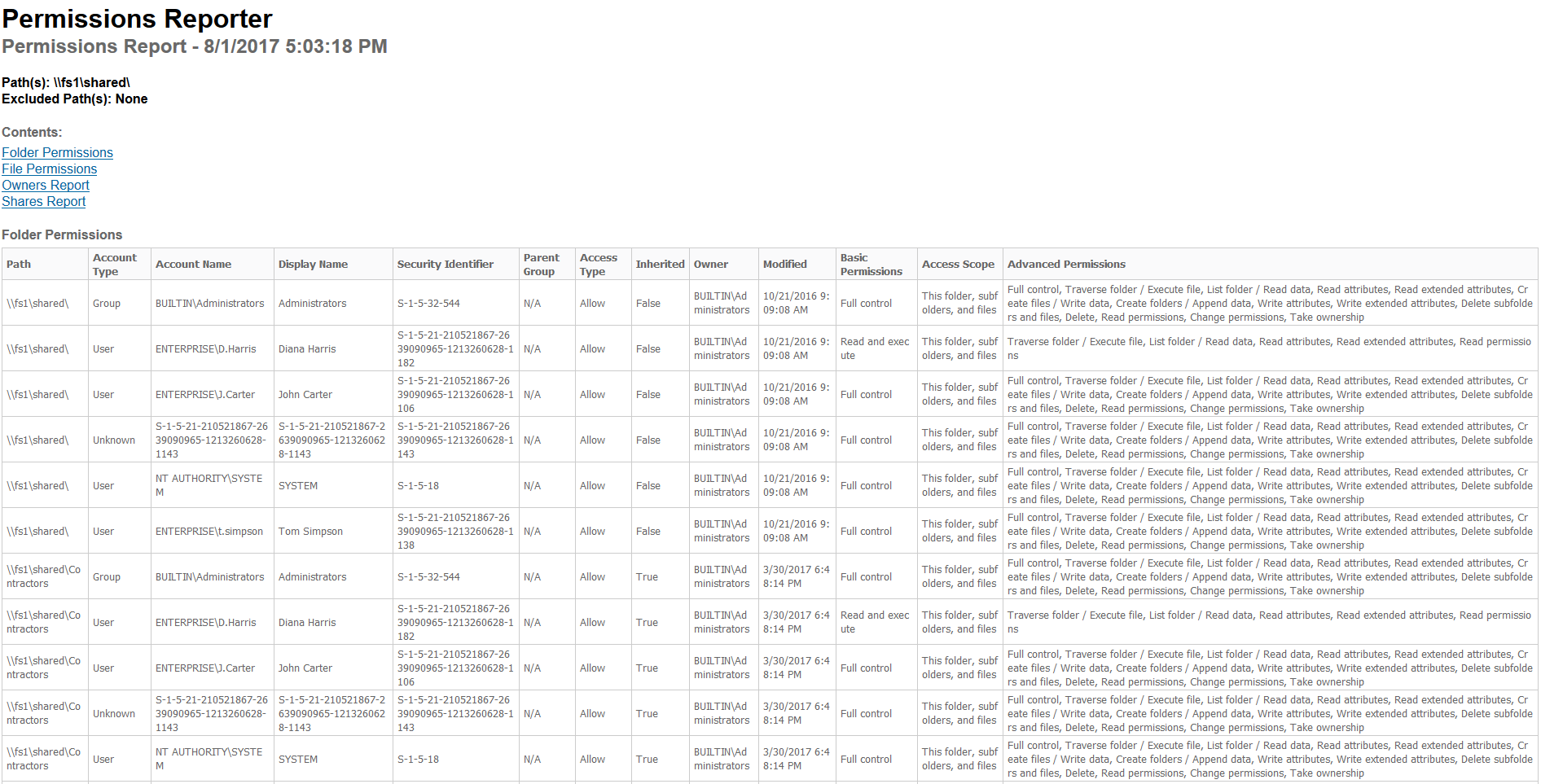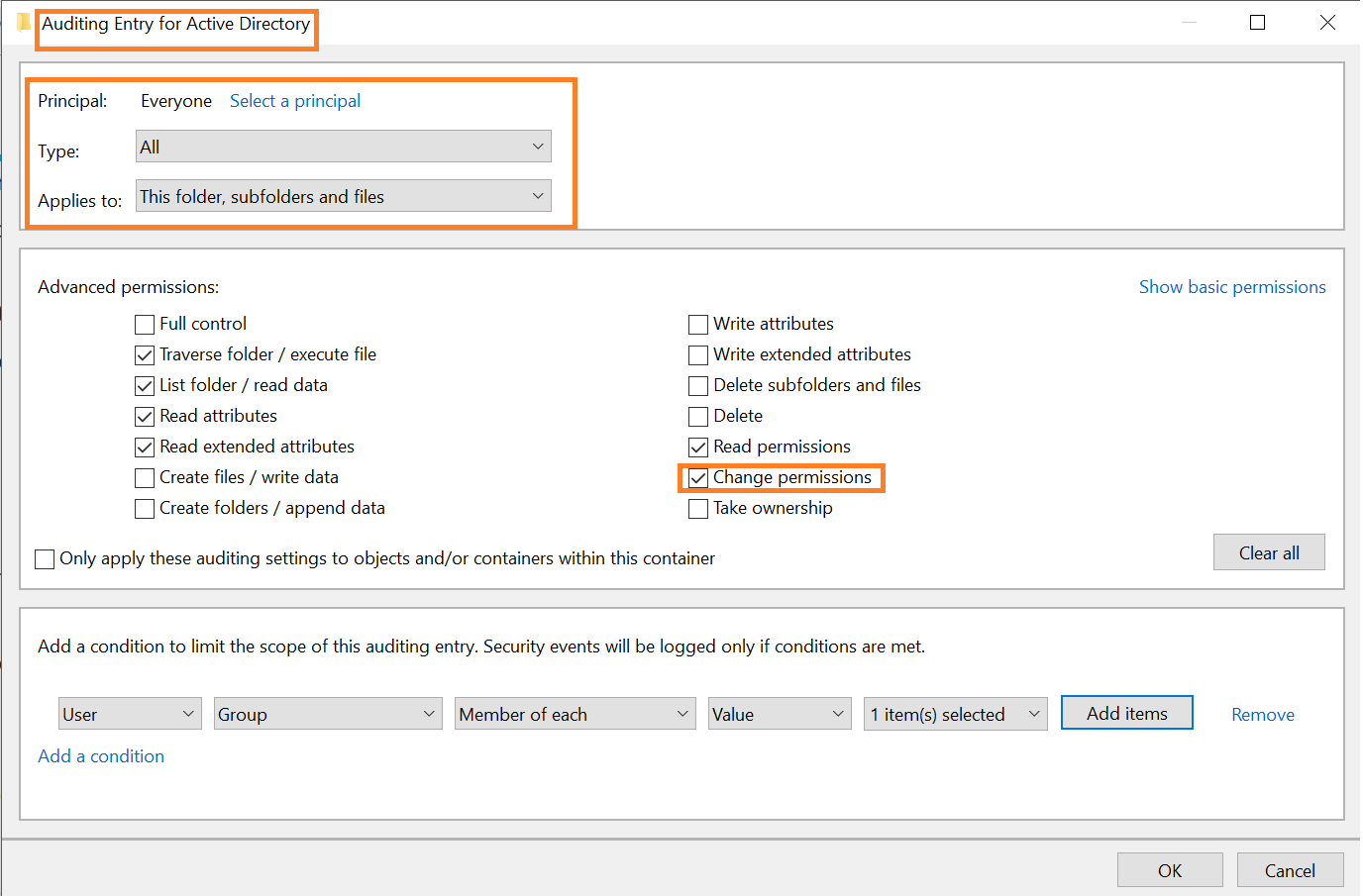

This can happen when enabling a project to create objects for a limited period of time or if there were a transition between out-sourcing partners.Įvery Active Directory should have a documented delegation model that includes the permissions set for the data in Active Directory. Permissions granted to users or groups that are not needed anymore.Usually only one group is needed for one set of permissions


The permissions grant the user more than needed e.g.Permissions set to high up in the OU structure so users have the possibility to create/delete/modify Active Directory objects in the wrong places.Permissions given to users or groups that do not exist anymore.Things you probably find when re-visiting the permissions: Maybe it’s time to take a look again to see what’s actually delegated in Active Directory? Have you granted permissions on the relevant OU’s in the past and left it like this ever since? Have you a documented and recent report over the permissions in your Active Directory? REMARK: Some of the pictures were changed by me as I used the tool in my own environment and I also added some comments! SOURCE: Take Control Over AD Permissions And The AD ACL Scanner Tool All kudos/credits of course go to Robin for this amazing script!

Azure AD Application Proxy Connector (1)Ī Swedish Microsoft PFE, Robin Granberg, has created a very cool PowerShell script to inventory, and even compare with a previous output, your AD permissions/delegations.Forefront Identity Manager (FIM) Sync (78).Forefront Identity Manager (FIM) Portal (101).Forefront Identity Manager (FIM) PCNS (9).Forefront Identity Manager (FIM) Certificate Management (40).Forefront Identity Manager (FIM) bHold (23).Active Directory Lightweight Directory Services (ADLDS) (7).Active Directory Federation Services (ADFS) (126).Active Directory Users And Computers (2).Active Directory Domain Services (ADDS) (320).Active Directory Certificate Services (ADCS) (30).


 0 kommentar(er)
0 kommentar(er)
